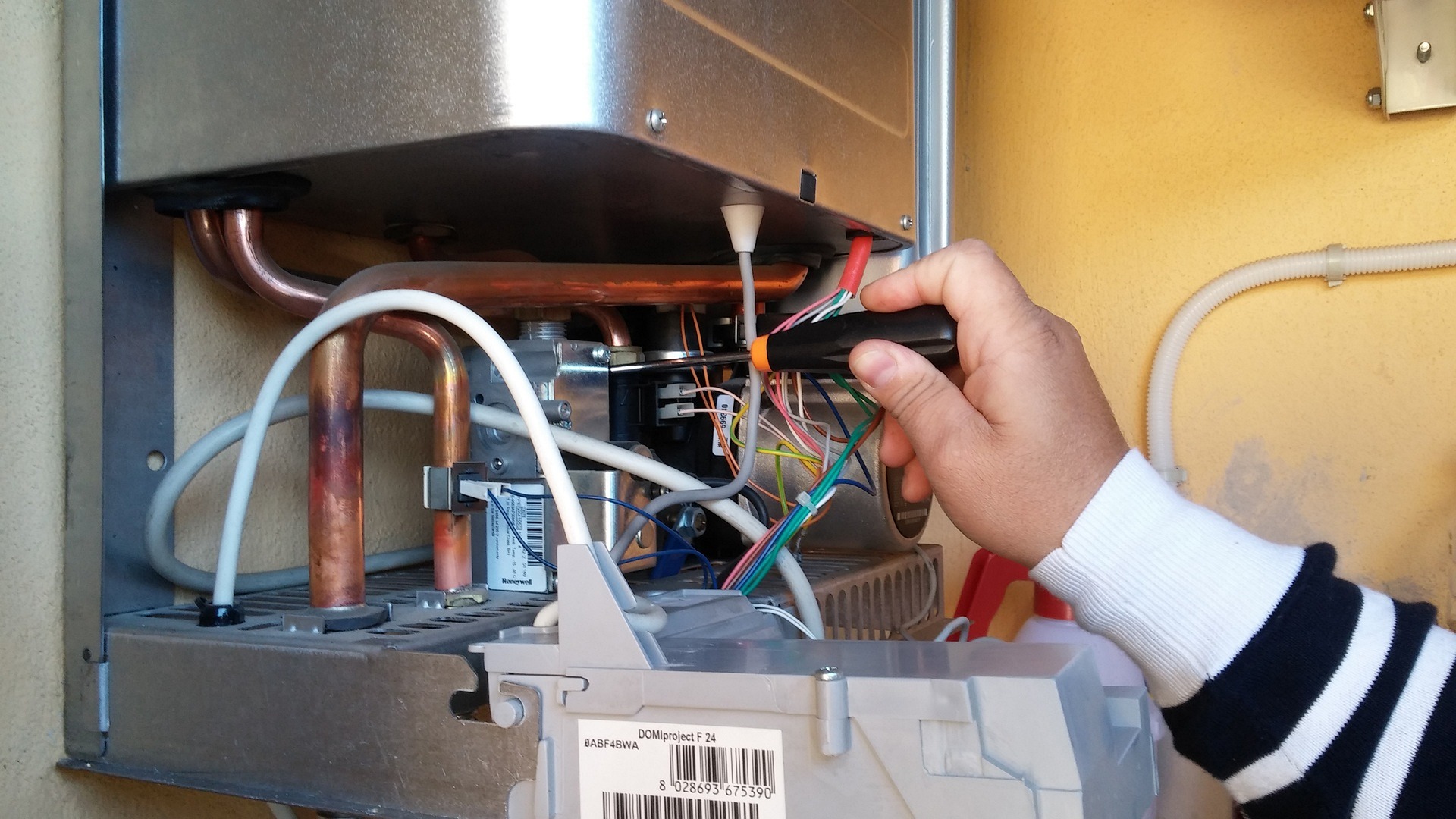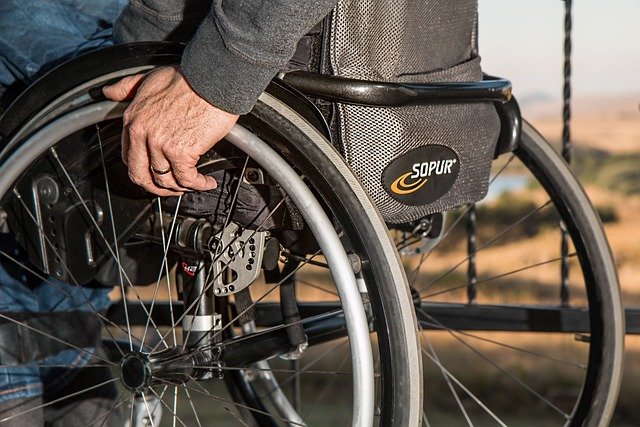Guide to Buying and Maintaining a 2nd‑Hand Static Caravan
Purchasing a second-hand static caravan can provide an affordable entry into holiday home ownership or permanent residence. However, thorough inspection and proper maintenance are crucial for ensuring your investment remains safe, comfortable, and valuable. This comprehensive guide covers everything from initial assessment to ongoing care, helping you make informed decisions throughout the buying process and beyond.
Static caravans offer an excellent opportunity for affordable holiday accommodation or alternative living arrangements. When considering a second-hand purchase, understanding the key inspection points, legal requirements, and maintenance needs will help ensure you make a sound investment that serves you well for years to come.
How Do You Assess Condition and Structural Integrity?
Structural assessment forms the foundation of any caravan evaluation. Begin by examining the exterior walls for signs of damp, delamination, or panel separation. Check window seals and door frames for water damage, as moisture infiltration can lead to costly structural problems. Inspect the roof thoroughly, looking for sagging areas, damaged membrane, or loose fixings that could compromise weatherproofing.
The undercarriage requires careful attention, particularly around the chassis and support points. Look for rust, corrosion, or damage to the steel framework. Check that the caravan sits level and examine the condition of corner steadies and jacking points. Internal walls should be checked for soft spots, discoloration, or musty odors that indicate moisture problems.
What Essential Mechanical, Gas, Electrical and Plumbing Checks Are Required?
All gas appliances must have valid safety certificates, typically requiring annual inspection by qualified engineers. Test all gas connections, appliances, and ventilation systems. The electrical system should be inspected for proper earthing, RCD protection, and compliance with current regulations. Check all outlets, lighting, and the consumer unit for signs of wear or amateur modifications.
Plumbing systems require assessment of water pumps, tanks, and all pipework for leaks or freeze damage. Test taps, shower units, and toilet facilities for proper operation. Heating systems, whether gas or electric, should be tested for efficiency and safety. Ensure all safety devices and isolation valves function correctly.
What Legal, Ownership and Site Considerations Apply?
Verify clear ownership through proper documentation and ensure any outstanding finance is properly transferred. Check the caravan’s compliance with site regulations and local planning permissions. Many sites have age restrictions, typically not accepting caravans over 10-15 years old, which affects resale value and placement options.
Understand pitch fees, site rules, and any restrictions on occupancy periods. Some sites operate seasonal agreements while others allow year-round residence. Insurance requirements vary by location and usage, so confirm coverage options before purchase. Planning permission may be required for permanent residential use on private land.
How Should You Approach Budgeting, Valuation and Negotiation?
Research comparable sales in your target area to establish realistic market values. Consider the total cost of ownership including purchase price, transportation, site fees, insurance, and immediate repairs. Factor in ongoing maintenance costs and potential upgrade expenses when setting your budget.
Negotiation should be based on identified defects, required repairs, and market conditions. Professional valuations can strengthen your position, particularly for higher-value units. Consider seasonal factors, as prices often fluctuate based on demand patterns throughout the year.
| Caravan Age | Typical Price Range | Annual Site Fees | Insurance Cost |
|---|---|---|---|
| 5-10 years | £15,000-£35,000 | £2,000-£4,000 | £200-£400 |
| 10-15 years | £8,000-£20,000 | £1,800-£3,500 | £180-£350 |
| 15+ years | £3,000-£12,000 | £1,500-£3,000 | £150-£300 |
Prices, rates, or cost estimates mentioned in this article are based on the latest available information but may change over time. Independent research is advised before making financial decisions.
What Routine Maintenance, Repairs and Upgrade Options Exist?
Regular maintenance schedules should include annual gas safety checks, electrical testing every three years, and seasonal preparation routines. Clean gutters and check roof membranes regularly, treating any minor issues before they become major problems. Lubricate moving parts, check seals, and maintain ventilation systems to prevent condensation issues.
Common repairs include window seal replacement, panel repairs, and heating system maintenance. Budget for periodic refurbishment of soft furnishings, flooring, and kitchen units. Popular upgrades include improved insulation, modern heating systems, and enhanced security features. Consider the cost-benefit ratio of improvements against the caravan’s age and your intended usage period.
Winterization procedures are essential for seasonal use, including draining water systems, protecting against frost damage, and securing the structure against weather. Proper storage and preparation can significantly extend your caravan’s lifespan and maintain its value over time.
Successful second-hand static caravan ownership requires thorough initial assessment, proper legal preparation, and consistent maintenance. By following these guidelines and budgeting appropriately for ongoing costs, you can enjoy years of comfortable use while protecting your investment value.





